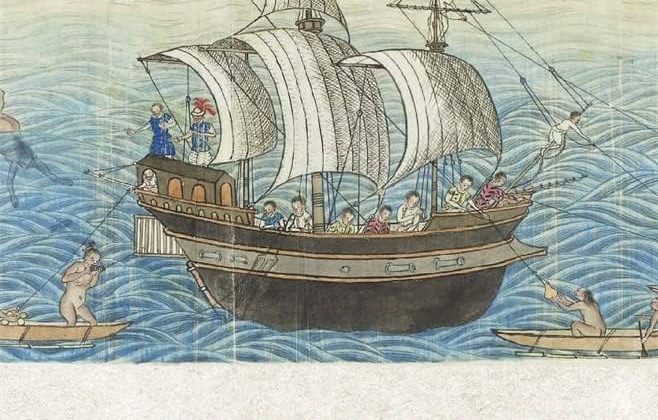

Diego Javier Luis is Assistant Professor of History at Tufts University. This interview is based on his new book, The First Asians in the Americas: A Transpacific History (Harvard University Press, 2024).
JF: What led you to write The First Asians in the Americas?
DJL: I wrote The First Asians in the Americas because it is the book I wish I had been able to read as a student. So often, historical thinking is divided into fields and categories that limit the kinds of stories that we can tell about the past. The archival records I uncovered—about people crossing the Pacific Ocean in Spanish galleons from 1565 to 1815—were a conceptual blind spot, and they speak to the Asia-Latin American migrations that are also part of my own family history.
JF: In 2 sentences, what is the argument of The First Asians in the Americas?
DJL: The First Asians in the Americas uses the transpacific movement of free and enslaved Asian subjects of the Spanish Crown to argue for the critical need for Pacific-oriented perspectives to understanding the colonial period, enslavement, and race-making in the Americas. It also moves the timeline of Asian presence in American societies back from its traditional inception during the nineteenth century to the sixteenth century.
JF: Why do we need to read The First Asians in the Americas?
DJL: More than any academic intervention, this book is about reconstructing the stories of people whose global lives made the world a little smaller. Often, Asian people show up as property in wills, defendants in criminal or Inquisition cases, or bereft of humanity in notarial documents. My highest aspiration has been to excavate their lives from the oblivion of the colonial archive and to restore their agency as much as could be done. These people arrived in the Americas well before the founding of sovereign nations in the Western Hemisphere (and even before Jamestown); that has to revise public ideas of community and “belonging,” especially during this era of rising anti-AAPI hate.
JF: Why and when did you become an American historian?
DJL: The word “American” is so interesting precisely because it is so vague. In the US, we often use “America” to refer to the country and “American” for the people who inhabit it. As I often tell my students, though, the US is not the only “America.” In fact, there are two American continents and many islands between them, which consist of nearly three dozen countries. I am an “American” historian in that I study this region and am an inhabitant of it. Many scholars focusing on Latin America understand the inherent transnational nature of the hemisphere, but the myth of US exceptionalism often characterizes the US as somehow separate from the political, economic, social, and cultural developments unfolding to the south and north of it. So, I became an “American” historian when I began studying Latin America and its global connections not only in the hemisphere, but also across both oceans flanking it.
JF: What is your next project?
DJL: While investigating the lives of Asian people landing on American shores, I came across numerous records attesting to the visibility and mobility of significant free and enslaved Black populations at the two nodes of Spanish transpacific trade: Manila, Philippines and Acapulco, Mexico. I am currently writing a book tentatively entitled, Manila and Acapulco: A Tale of Two Cities in the Early Modern Black Pacific to explain the emergence, growth, and racialization of these communities and their relationship not only to each other, but also to the development of global trade.
JF: Thanks, Diego!